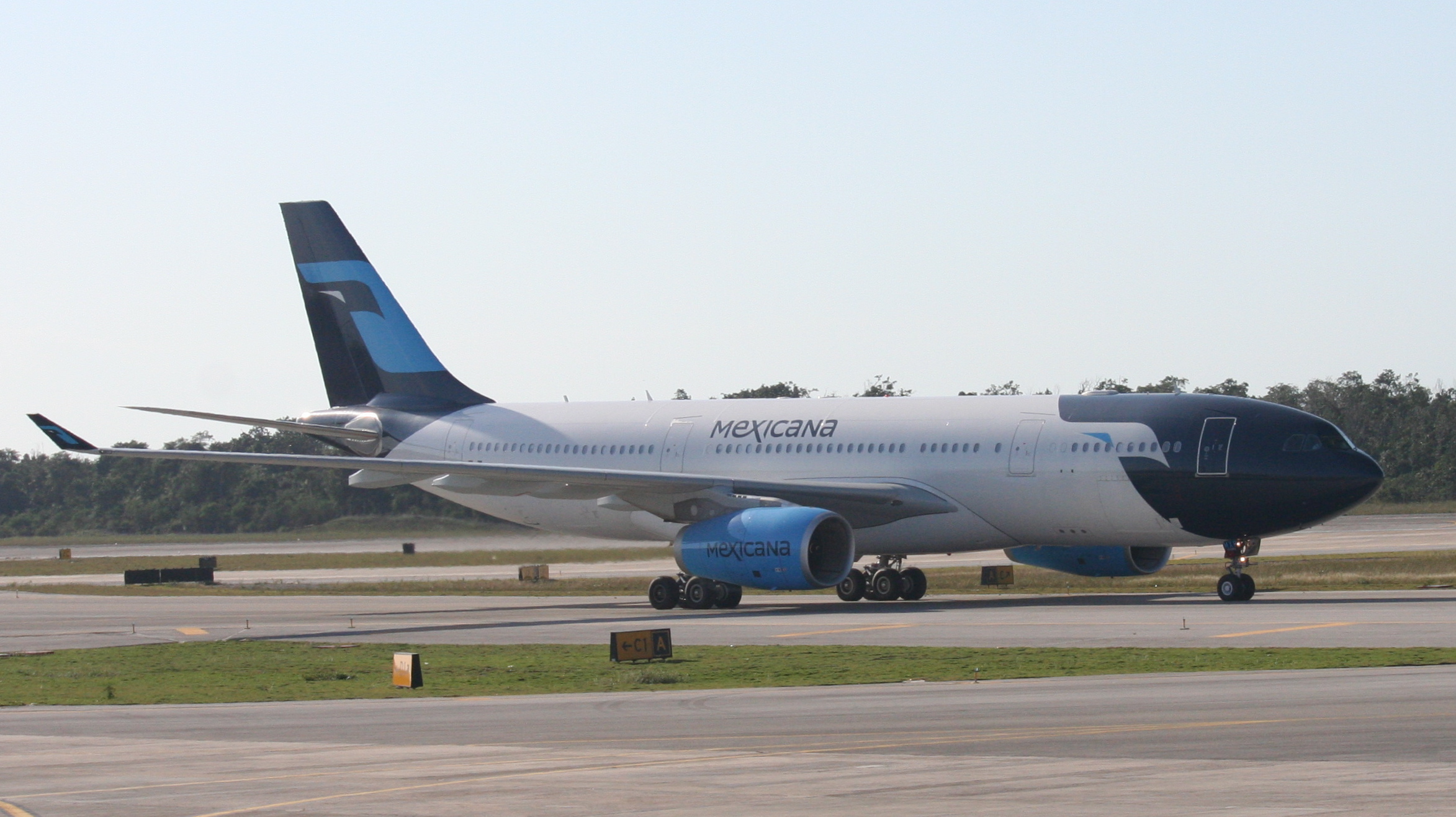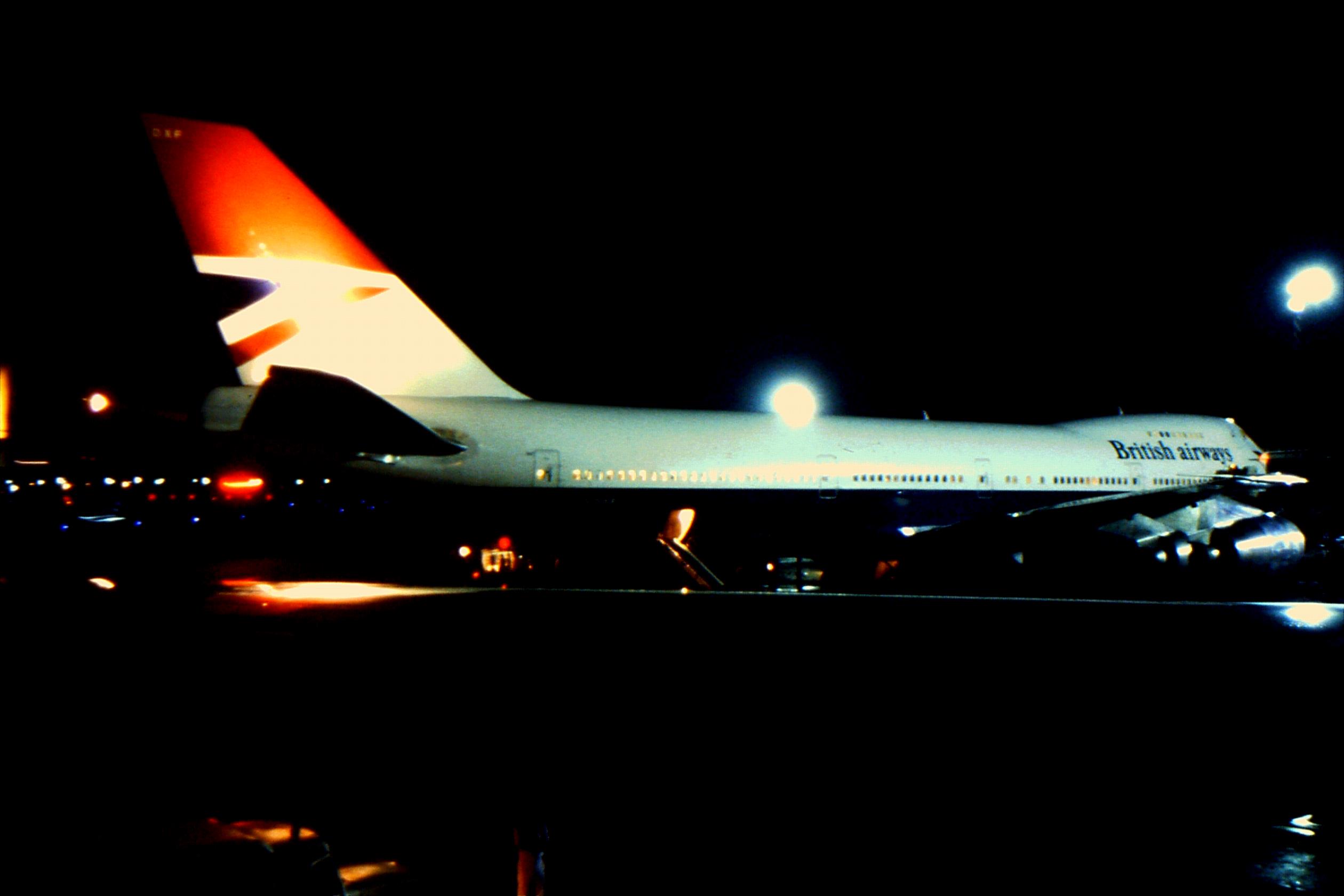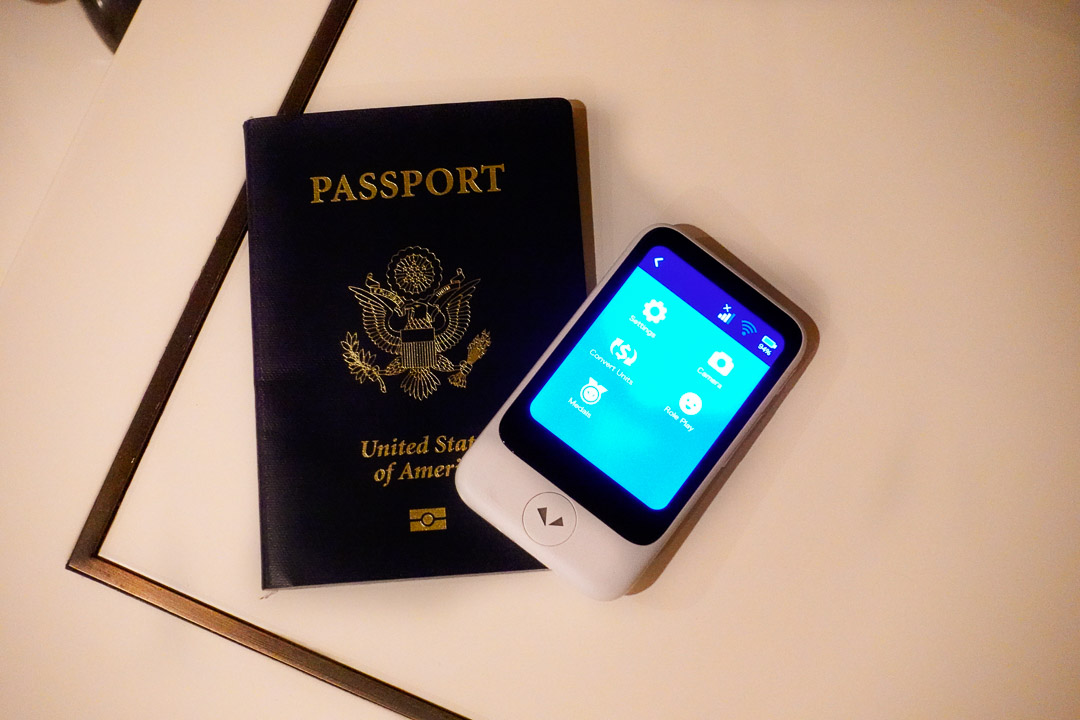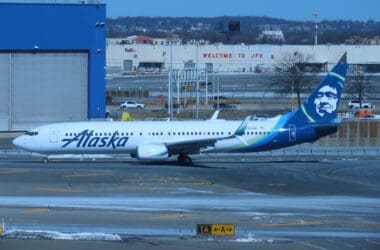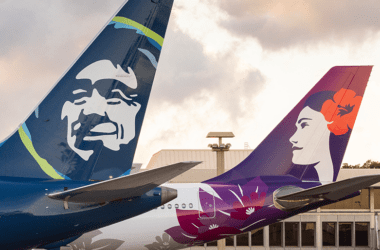Could Mexicana Return in 2021 Bottom Line
The COVID-19 pandemic has upended the aviation landscape across the world. One of the regions hit hardest has been Latin America. With Avianca (Colombia), Aeromexico (Mexico), and LATAM (Chile/Brazil) all having declared bankruptcy during the last 12 months, the aviation industry in the region is facing a rapidly changing competitive position. Low-cost carriers, especially in Mexico, have made incredible inroads against traditionally dominant Aeromexico. Not all low-cost carriers have had such good luck, however. Interjet, the only airline in the Americas to fly the SSJ-100, has seen its financial woes become worse and worse. The risk of the airline dissolving has raised eyebrows within the Mexican federal government.

A Brief History on Interjet
Interjet was founded in 2005 and initially flew out of regional airports such as Toluca. Adopting a similar approach to its Mexican rivals Volaris and VivaAerobus, the airline offered domestic and regional flights with a low-cost business model. As they expanded, they placed an order for the Sukhoi Superjet. They were, and have been, the only carrier this side of the Atlantic to order and operate the jet. The purchase was the beginning of a downward spiral for the airline. Before operations hit a tailspin, Interjet had inked codeshare agreements with major carriers like American Airlines, Iberia, and Emirates. As the airline began to bring in more SSJs into service, management began to realize the poor reliability of the aircraft type. When COVID-19 hit, the airline was already financially distressed. The pandemic made their situation much worse, with the airline unable to pay for fuel in the later months of 2020. During this time, in contrast, Volaris was seeing some of its best load factors since the start of the pandemic. The precarious financial situation led the Mexican federal authorities to say there would not be any bailout for the airline.
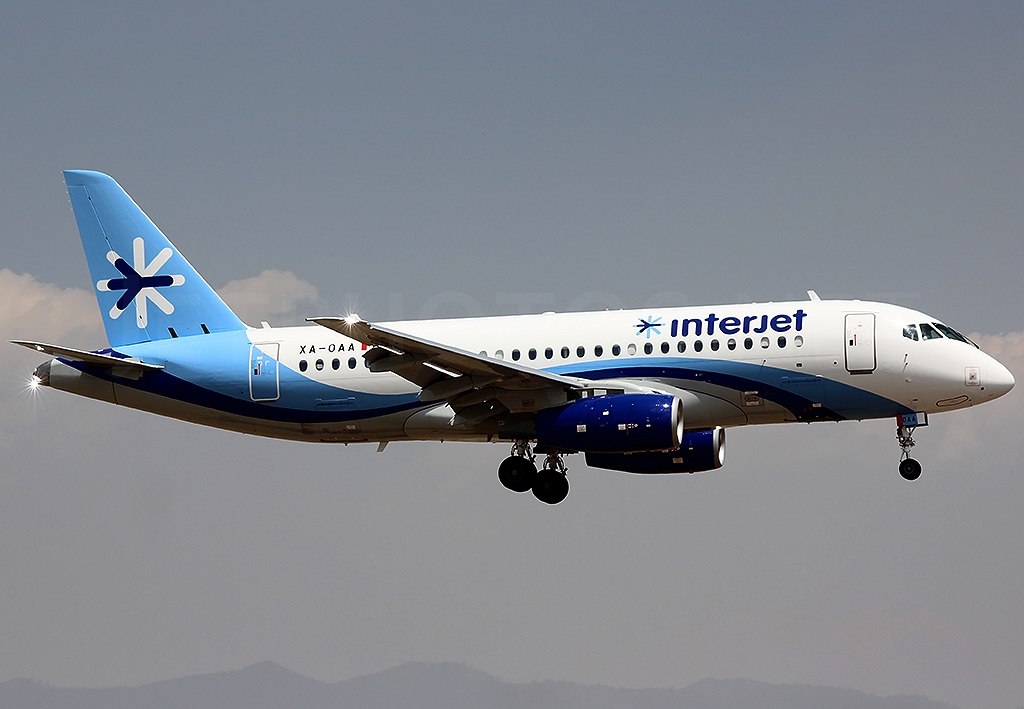
A Brief History of Mexicana
Mexicana de Aviación was one of the first airlines in Latin America. For a long time, they were the only real competitor against Aeromexico. They were both de facto flag carriers and had extensive international networks. Mexicana was a member of Star Alliance between 2000-2004. They switched alliances in 2009 to Oneworld, inking a strong partnership with American Airlines. The emergence of low-cost carriers in the Mexican domestic market and fierce competition in the international field put Mexicana in an increasingly untenable financial situation. In 2010, the airline filed for bankruptcy and liquidated. Their regional and low-cost subsidiaries folded as well. For almost a decade after the airline went under, investors and creditors fought to bring the airline back. In 2017, these efforts ended with Mexicana finally fading into the sunset… or so the world thought.
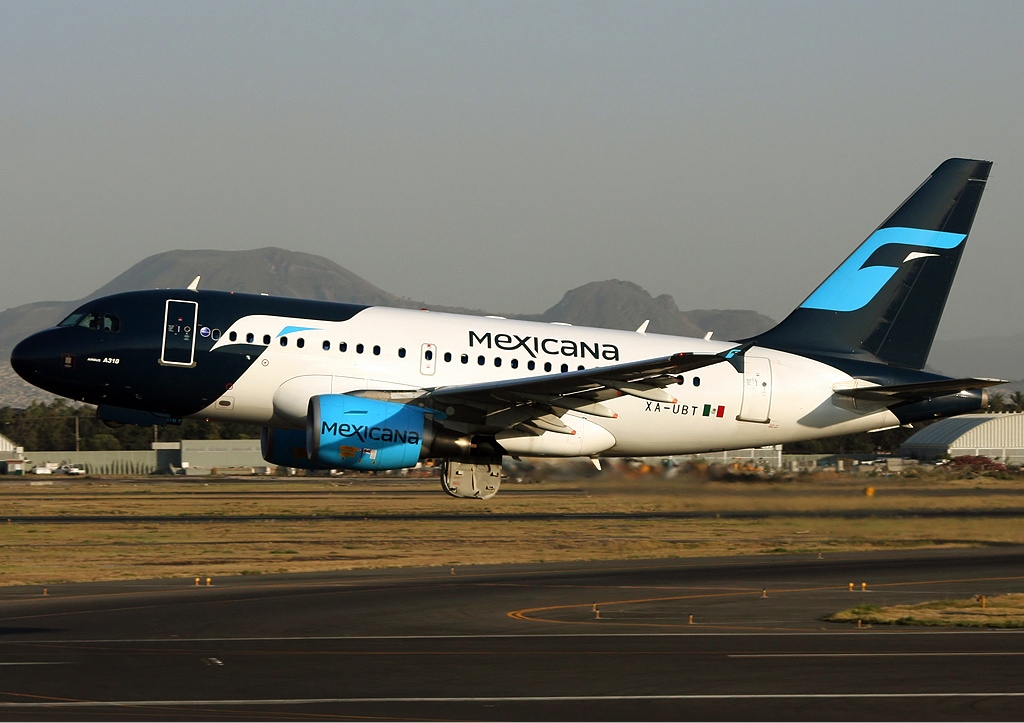
Enter COVID-19
With Interjet on life support, labor unions and the federal government are revisiting the possibility of bringing back Mexicana. Although the details are very much still in the works, it would not be too far fetched to see Mexicana return as a domestic and regional carrier. They would likely partner closely with a US carrier, likely United or American Airlines, as well as with other international carriers, such as Iberia/Air Europa and/or Air France/KLM. These would provide the new Mexicana with access to international networks while keeping the airline focused within Mexico. Federal authorities have hinted that the new Mexicana would take up the current Interjet slots at congested airports. This would facilitate access to Mexico City and other international airports where slots are coveted. The used aircraft market is ideal for a new airline start-up. With so many airlines across the world returning relatively new aircraft to lessors, new Mexicana could get very amiable lease terms for these aircraft.
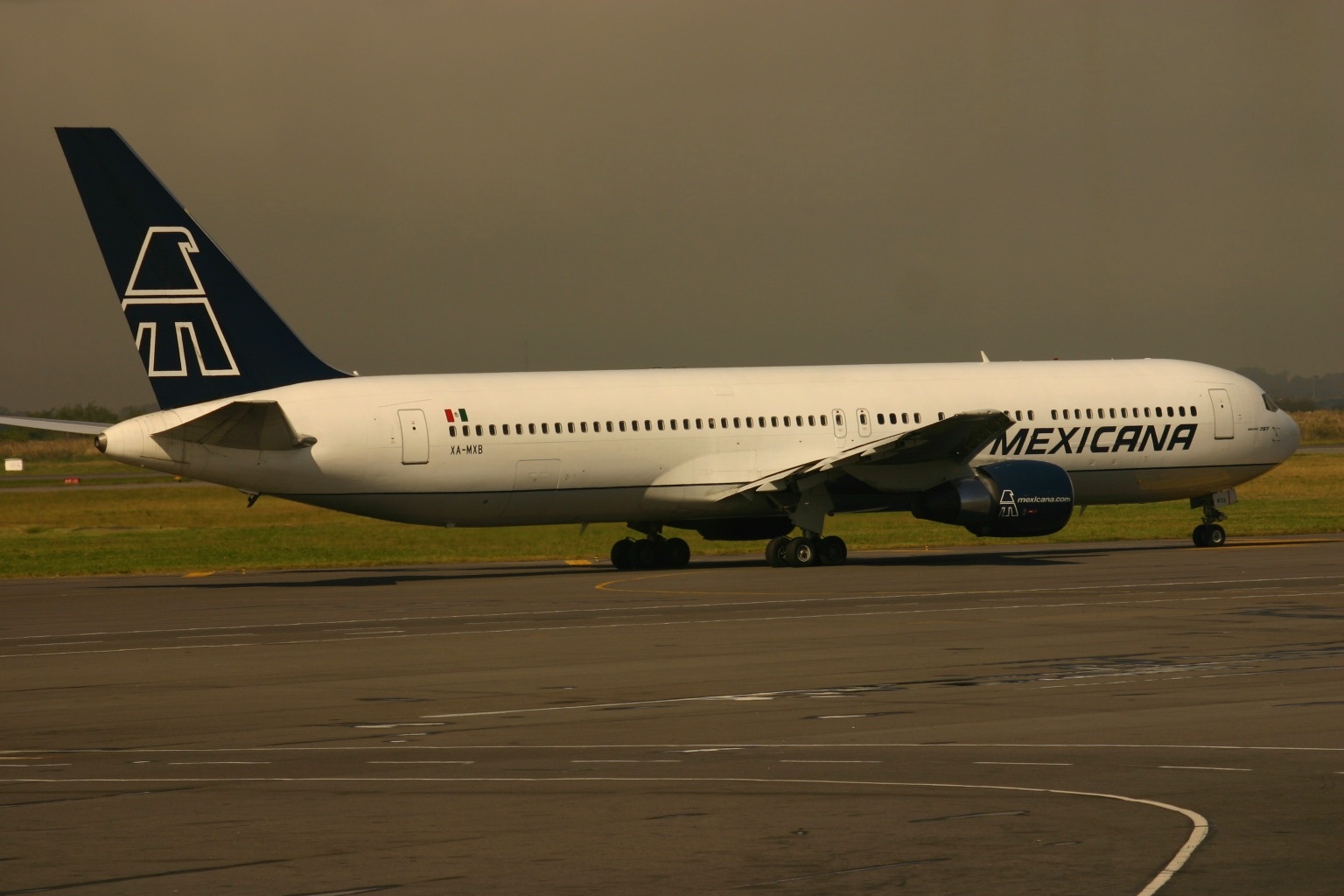
Business Model
There is no clear answer to what kind of business model the airline would adopt. Would it be closer to Volaris or Aeromexico? Could it adopt a hybrid model such as Virgin Australia post-receivership? It’s still all up in the air ( 😉 ), however, I would put my money on something more similar to Aeromexico. This would make the airline partnership more appealing to legacy airlines. Planning authorities believe that, once the financials are put in place, the airline would attract substantial investor interest. If, more likely a question of when, Interjet fails, Mexicana could reignite the premium Mexican aviation market. A competitor to Aeromexico would benefit airlines that currently do not partner with Aeromexico. Airlines such as Emirates, Qatar Airways, ANA, American Airlines, United, Jetblue, Iberia, and Lufthansa could find a convenient non-aligned carrier that could provide feeder services for their flights in and out of Mexico.
Landing Thoughts
I remember when I first visited Cancun I was impressed by the Mexicana livery. It was both imposing and refined. The airline at one point flew to Puerto Rico, where I occasionally saw their charter flights at San Juan. Their bankruptcy was a major hit to the Mexican aviation market; since then Aeromexico has become the sole premium carrier in the country. The return of the airline would be a two-for-one problem solver: taking up Interjet’s capacity if they go under, while offering a premium competitor against Aeromexico.
H/T: El Economista, MX
Here is a list of all my flight reviews: The Millennial Traveler Flight Reviews
Here is a list of all my lounge reviews: The Millennial Traveler Lounge Reviews
If you want to stay up to date with the latest airline news follow me on Twitter, Facebook or LinkedIn!
Also follow Travel Update and Boarding Area on Twitter!
All images from Wikimedia or Wikimedia Commons.




